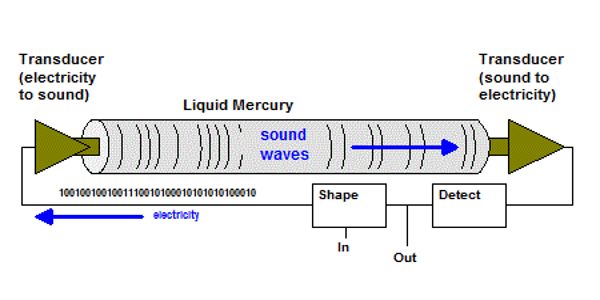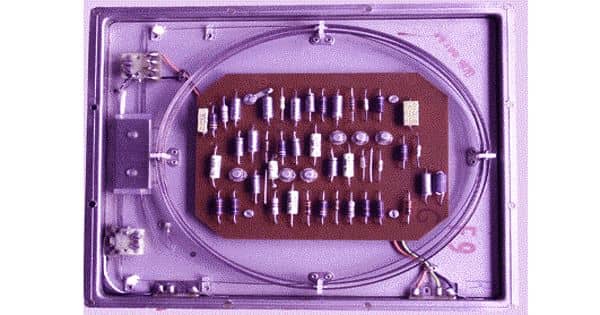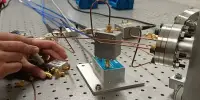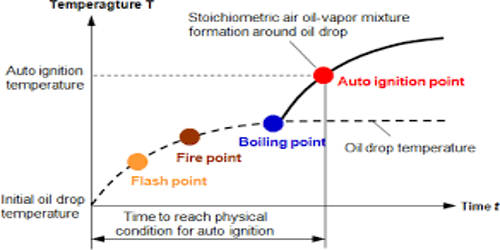Delay line memory is a form of computer memory, now obsolete, that was used on some of the earliest digital computers. A delay-line memory resembles the human device of repeating a telephone number to one’s self from the time it is found in the directory until it has been dialed. A memory technology in some of the earliest computers that used an acoustic delay line. For example, in the 1940s and 1950s, the memory in the EDVAC, EDSAC, and UNIVAC I was made of tubes of liquid mercury that were several feet long.
The basic concept of a delay-line memory consists of inserting an information pattern into a path that contains delay. Like many modern forms of electronic computer memory, delay line memory was a refreshable memory, but as opposed to modern random-access memory, delay line memory was sequential-access. Electrical pulses were converted to sound and back to electrical in a continuous loop. If the end of the delay path is connected back to the beginning through amplifying and timing circuits, a closed loop is formed allowing for recirculation of the information pattern.
Before there was random access memory, there was delay line memory. Analog delay line technology had been used since the 1920s to delay the propagation of analog signals. It was random in a different sense; it involved turning electrical pulses into sound waves, sending them through long tubes of mercury, and re-electrifying them at the other end. The delay medium should slow the propagation rate of the information sufficiently so that the size of the storage equipment for a large number of pulses is within reason.

The technology had its roots in the work of engineer J. Presper Eckert, who developed line delay systems to improve radar during World War II. When a delay line is used as a memory device, an amplifier and a pulse shaper are connected between the output of the delay line and the input. Instead of storing data in individual bits, it was compressed down to sound waves and sent through a medium that slowed them down (initially mercury, then other substances, and finally wire).
These devices recirculate the signals from the output back into the input, creating a loop that maintains the signal as long as power is applied. At the other end, they were re-electrified, processed, and then sent back through the tube. The shaper ensures the pulses remain well-formed, removing any degradation due to losses in the medium. Because of the slowing that occurred in the tube’s substance, hundreds of pulses of data could be sent in a single tube—hence the name “delay line”—bouncing back and forth until they were needed.
Information Source:
















